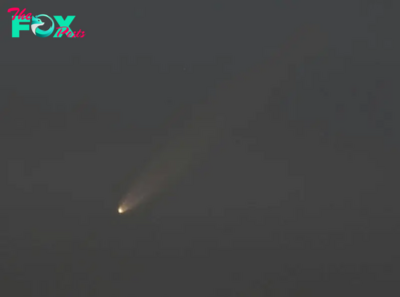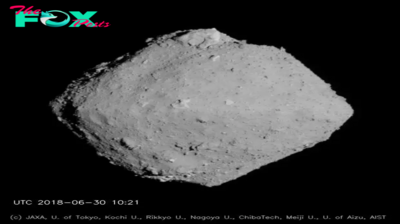Science
Why NASA is sending the Europa Clipper to search for aliens near Jupiter
In the coming weeks, NASA will launch a hotly anticipated new mission to Jupiter's fourth-largest moon, Europa.
Called Europa Clipper, the spacecraft will conduct a detailed study of the moon, looking for potential places where Europa might host alien life. (The launch window for the mission begins Oct. 10, but the launch has been temporarily postponed due to the impending landfall of Hurricane Milton.)
Europa Clipper is the largest planetary exploration spacecraft NASA has ever made: as wide as a basketball court when its solar sails are unfolded. It has a mass of about 6,000 kilograms — the weight of a large African elephant.
But why are we sending a hulking spacecraft all the way to Europa?
Looking for life away from Earth
The search for life in places other than Earth usually focuses on our neighbour Mars, a planet that's technically in the "habitable zone" of our Solar System. But Mars is not an attractive place to live, due to its lack of atmosphere and high levels of radiation. However, it's close to Earth, making it relatively easy to send missions to explore it.
But there are other places in the Solar System that could support life — some of the moons of Jupiter and Saturn. Why? They have liquid water.
Here on Earth, water is the solvent of life: water dissolves salts and sugars, and facilitates the chemical reactions needed for life on Earth to proceed. It's possible life forms exist elsewhere that rely on liquid methane or carbon dioxide or something else, but life as we know it uses water.
-

 Science2d ago
Science2d agoWhy Risky Wildfire Zones Have Been Increasing Around the World
-

 Science2d ago
Science2d agoIt’s Time to Redefine What a Megafire Is in the Climate Change Era
-

 Science3d ago
Science3d ago4 Astronauts Return to Earth After Being Delayed by Boeing’s Capsule Trouble and Hurricane Milton
-

 Science4d ago
Science4d agoThe Elegance and Awkwardness of NASA’s New Moon Suit, Designed by Axiom and Prada
-

 Science1w ago
Science1w agoSpaceX Launches Its Mega Starship Rocket. This Time, Mechanical Arms Catch It at Landing
-

 Science3w ago
Science3w agoYou Won’t Want to Miss October’s Rare Comet Sighting. Here’s How and When You Can See It
-

 Science1m ago
Science1m agoA New Spacecraft Could Help Determine if There’s Life on a Moon of Jupiter
-

 Science1m ago
Science1m agoWe Can Thank Deep-Space Asteroids for Helping Start Life on Earth



























